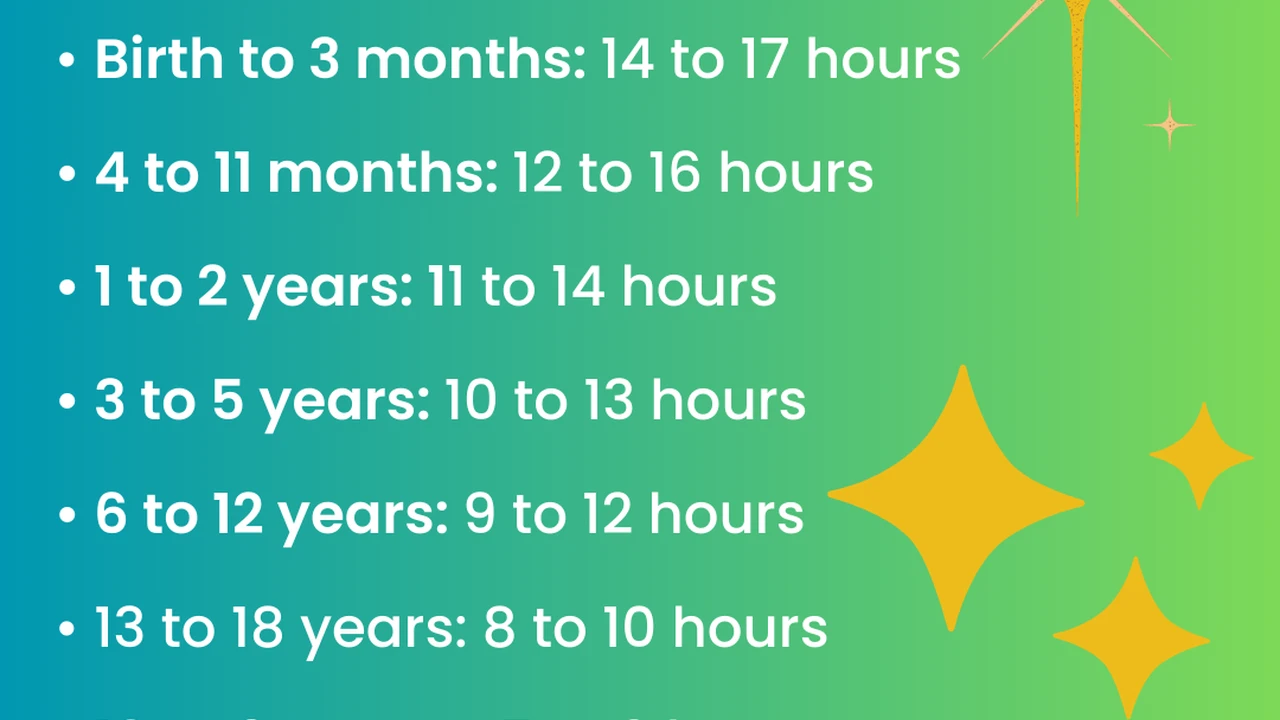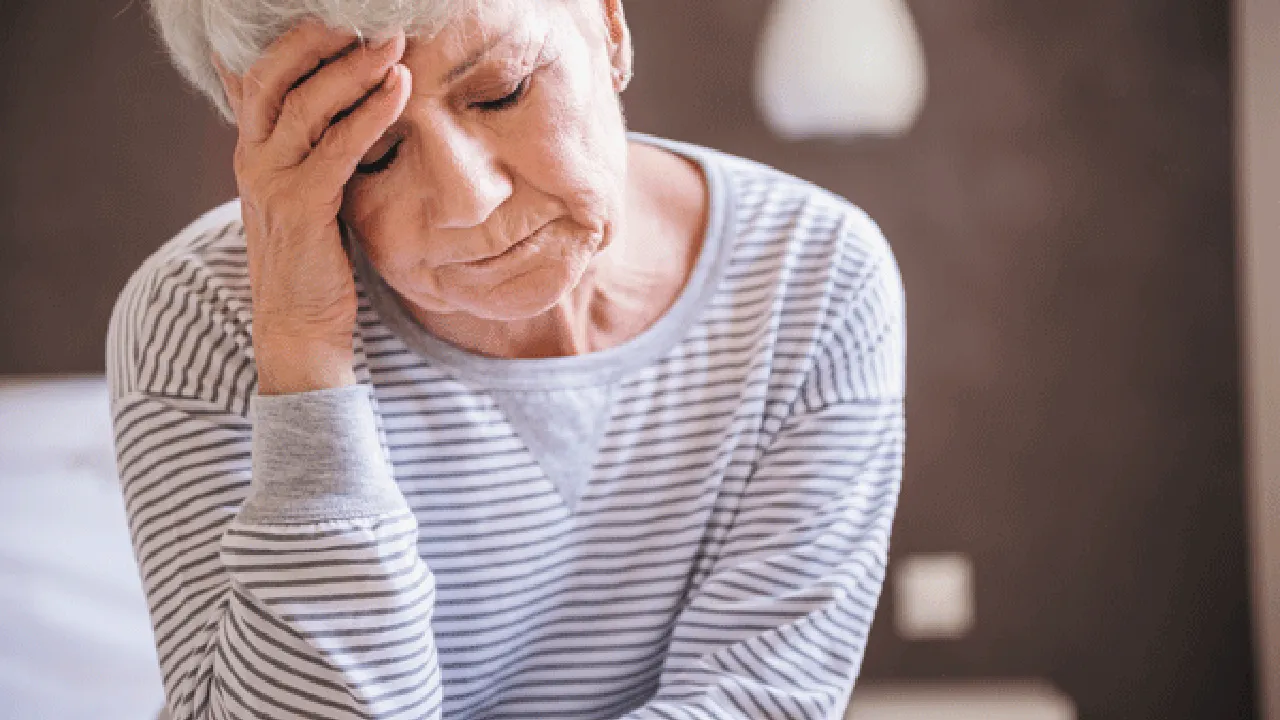Advanced Sleep Phase Syndrome (ASPS): Causes and Treatments
Sample meta description.
: Causes and Treatments.webp)
Understanding Advanced Sleep Phase Syndrome ASPS Definition and Overview
Okay, let's talk about ASPS – Advanced Sleep Phase Syndrome. Basically, it's when your body clock is running way ahead of schedule. You're talking falling asleep crazy early, like 7 or 8 PM, and waking up before the sun even thinks about rising. Think of it as your internal alarm clock being a super enthusiastic early bird. It's not just being a morning person; it's a significant shift in your sleep-wake cycle that can really impact your social life and daily routine.
ASPS Causes What Makes Your Body Clock Tick Differently
So, what's behind this early bird special of sleep disorders? Genetics play a pretty big role. If your parents or grandparents were early risers (to an extreme), chances are you might inherit the tendency. Researchers have even identified specific genes linked to ASPS. Age can also be a factor; it's more common in older adults. Sometimes, underlying medical conditions or certain medications can mess with your circadian rhythm, leading to ASPS. It's like a domino effect – one thing throws your internal clock off, and suddenly you're ready for bed before dinner.
Recognizing ASPS Symptoms Early Signs and Diagnosis
How do you know if you're dealing with ASPS and not just a preference for early mornings? The key is consistency and severity. We're talking consistently falling asleep and waking up several hours earlier than what's considered normal, and this is happening despite your best efforts to stay up later. You might feel incredibly tired during the late afternoon and evening, but wide awake at 4 AM. This can lead to problems with social engagements, work schedules, and even just enjoying a normal evening out. A doctor can diagnose ASPS through a sleep history review and possibly a sleep study (polysomnography) to rule out other sleep disorders.
Effective ASPS Treatments Light Therapy Chronotherapy and Lifestyle Adjustments
Alright, let's get down to brass tacks – how do you fix this thing? Light therapy is a big one. Exposing yourself to bright light in the evening can help delay your body clock. Think of it as tricking your brain into thinking it's not time for bed yet. Chronotherapy involves gradually shifting your sleep schedule later each day until you reach a more desired bedtime. It's a slow and steady approach that requires discipline. Lifestyle adjustments are also crucial. That means avoiding caffeine and alcohol in the evening, establishing a relaxing bedtime routine, and making sure your bedroom is dark, quiet, and cool. Consistency is key – stick to a regular sleep schedule, even on weekends.
Specific ASPS Treatment Products Light Therapy Lamps and Sleep Masks
Now, let's talk about some specific products that can help manage ASPS. Light therapy lamps are a great option for delaying your sleep cycle. They emit a bright, white light that mimics sunlight, helping to suppress melatonin production and keep you awake longer. Sleep masks are also useful for blocking out light in the early morning hours, preventing you from waking up too early. Let's dive into some concrete examples:
Light Therapy Lamps: Brands, Features, and Pricing
- Philips goLITE BLU Energy Light: This lamp emits a blue light that is similar to daylight. It's compact, portable, and has adjustable intensity settings. Use it for 20-30 minutes each evening, starting a few hours before your desired bedtime. It's great for using while you're reading or working on your computer. Price: Around $150.
- Verilux HappyLight Liberty 10K: This lamp emits a full spectrum of light, mimicking natural sunlight. It's larger than the Philips goLITE BLU, but it provides a more intense light output. Use it for 30-60 minutes each evening. Ideal for those who need a stronger dose of light therapy. Price: Around $80.
- Carex Day-Light Classic Plus: This is a medical-grade light therapy lamp that's been clinically proven to be effective. It's the most expensive option, but it's also the most powerful. Use it for 15-30 minutes each evening. Best for those with severe ASPS. Price: Around $250.
Comparison: The Philips goLITE BLU is a good option for those who want a portable and affordable light therapy lamp. The Verilux HappyLight Liberty 10K is a good option for those who need a stronger dose of light therapy. The Carex Day-Light Classic Plus is the best option for those with severe ASPS.
Sleep Masks: Brands, Features, and Pricing
- Manta Sleep Mask: This sleep mask is made from soft, breathable materials and has adjustable eye cups to provide a comfortable fit. It blocks out 100% of light. Use it to prevent early morning awakenings. Great for travel and home use. Price: Around $30.
- Alaska Bear Natural Silk Sleep Mask: This sleep mask is made from natural silk, which is gentle on the skin. It's lightweight and comfortable to wear. Use it to block out light and improve sleep quality. Ideal for those with sensitive skin. Price: Around $10.
- MZOO Sleep Eye Mask: This sleep mask has a contoured design that prevents pressure on your eyes. It's made from memory foam and is very comfortable to wear. Use it to block out light and relieve eye strain. Best for side sleepers. Price: Around $20.
Comparison: The Manta Sleep Mask is the best option for those who want a comfortable and effective sleep mask that blocks out 100% of light. The Alaska Bear Natural Silk Sleep Mask is a good option for those who want a lightweight and affordable sleep mask. The MZOO Sleep Eye Mask is the best option for side sleepers.
ASPS and Melatonin Supplements Timing Dosage and Potential Side Effects
Melatonin supplements can also be helpful in managing ASPS. Melatonin is a hormone that regulates the sleep-wake cycle. Taking melatonin a few hours before your desired bedtime can help shift your body clock later. However, it's important to talk to your doctor before taking melatonin, as it can interact with certain medications and may cause side effects such as drowsiness, headache, and nausea. Start with a low dose (0.5-1 mg) and gradually increase it as needed. Take it 3-4 hours before your target bedtime. Don't just pop pills without talking to a professional first, okay?
ASPS and Cognitive Behavioral Therapy CBT Strategies for Sleep Regulation
CBT for insomnia (CBT-I) can also be an effective treatment for ASPS. CBT-I involves learning techniques to change your thoughts and behaviors related to sleep. This can include things like stimulus control (using your bed only for sleep), sleep restriction (limiting the amount of time you spend in bed), and relaxation techniques (such as progressive muscle relaxation or deep breathing). A therapist specializing in sleep disorders can guide you through these techniques. It's like retraining your brain to sleep on a more normal schedule.
Living with ASPS Tips for Managing Social Life and Work Schedule
Living with ASPS can be challenging, especially when it comes to social life and work schedule. But it's definitely manageable. The key is to be proactive and communicate your needs. Explain your condition to your friends, family, and coworkers so they understand why you might need to leave early or arrive late. Try to schedule social activities and meetings earlier in the day. If possible, discuss flexible work arrangements with your employer. Maybe you can start earlier and finish earlier. Don't be afraid to advocate for yourself. And remember, prioritizing your sleep is essential for your overall health and well-being. It might mean missing out on some late-night events, but it's worth it in the long run. Think of it as investing in your future self. Plus, early mornings can be pretty awesome – you get to enjoy the sunrise and get a head start on the day. Who knows, you might even discover a new hobby or passion that you can pursue during those early hours. So, embrace the early bird life, but make sure it's on your own terms.
:max_bytes(150000):strip_icc()/277019-baked-pork-chops-with-cream-of-mushroom-soup-DDMFS-beauty-4x3-BG-7505-5762b731cf30447d9cbbbbbf387beafa.jpg)






